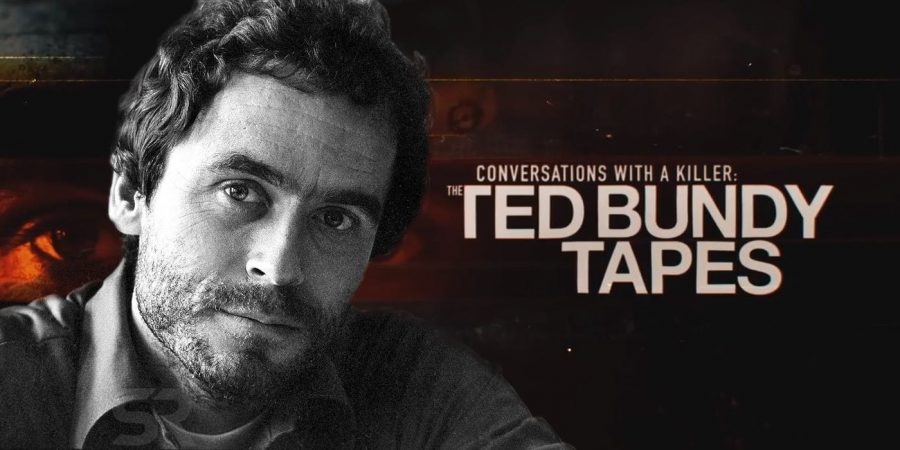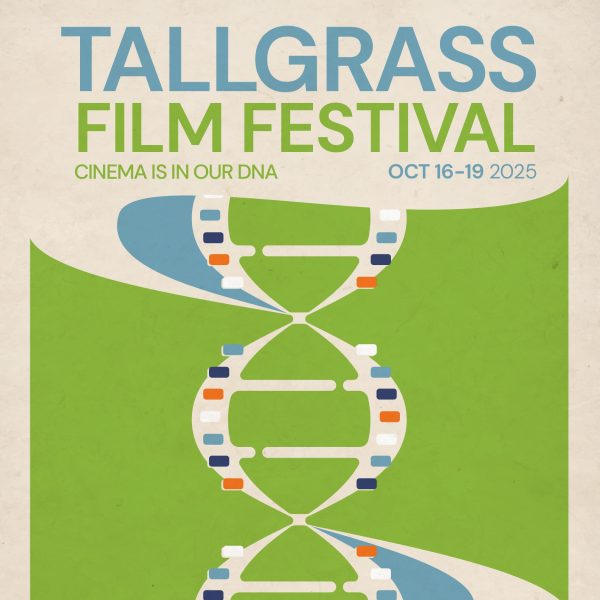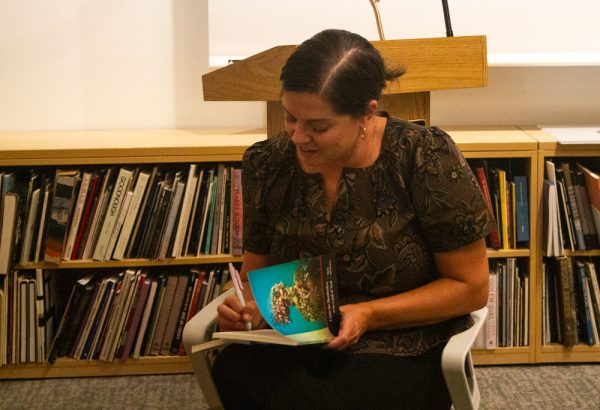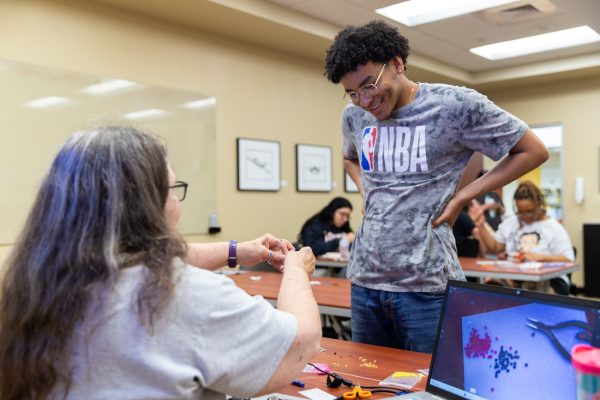Sunner: Netflix documentary brings Ted Bundy back from the dead
If Ted Bundy was never fried in a Florida prison’s electric chair, then he surely would be watching his Netflix documentary with pleasure today.
Last week, Netflix released “Conversations with a Killer: The Ted Bundy Tapes.” Hours after the release, thousands of people had already gone through all four-hours of the gruesome documentary.
The mini-series picks up in Bundy’s young adult life. Over the course of four hours, the stunning compilations of photos, newsfeed, police documents, evidence, and chilling audio tapes of Bundy himself, take the viewer through the roller coaster of his demonic life.
The series itself is a massive hit across the board. I wasn’t even alive when Bundy’s acts of terror were gripping the nation, but I was hooked immediately. I still am — even after finishing it. But why do we enjoy the gruesome Bundy storyline?
I’m here to tell you why. The show itself puts you in Bundy’s shoes while leaving you in the comfort and safety of your own home. The recorded tapes themselves basically put you into a storybook with Bundy as narrator. While recording the tapes, Bundy talked in the third person, creating audiobook-like documents.
“The killer would then . . . The killer would do this . . . Then he would go back to the scene.”
You find yourself directly in the mind of a serial killer. The tapes are extremely disturbing, but in spite of this — or, maybe even because of this — they’re extremely intriguing. The documentary is constructed to make you question, in hindsight, how you would have responded in Bundy’s most precarious situations.
Even though its story is well-known, many viewers will likely finish the series in a day because they want a movie theater thrill with a real-life twist. Even if people don’t want to admit that they’re watching the documentary for its gory details, they’re still watching it to get a full picture of what Bundy did.
The documentary nails this, and that’s why the series is so good.
It helps that the composition of the show is exquisite. It’s never too slow, and each episode — except for the last — gives viewers a cliffhanger that keeps the audience begging for more. You’ll keep watching as the violence escalates. It’s human nature after all.

Marshall Sunner was the sports editor for The Sunflower. Sunner majored in communications with a journalism emphasis. He was born and raised in Hutchinson,...













